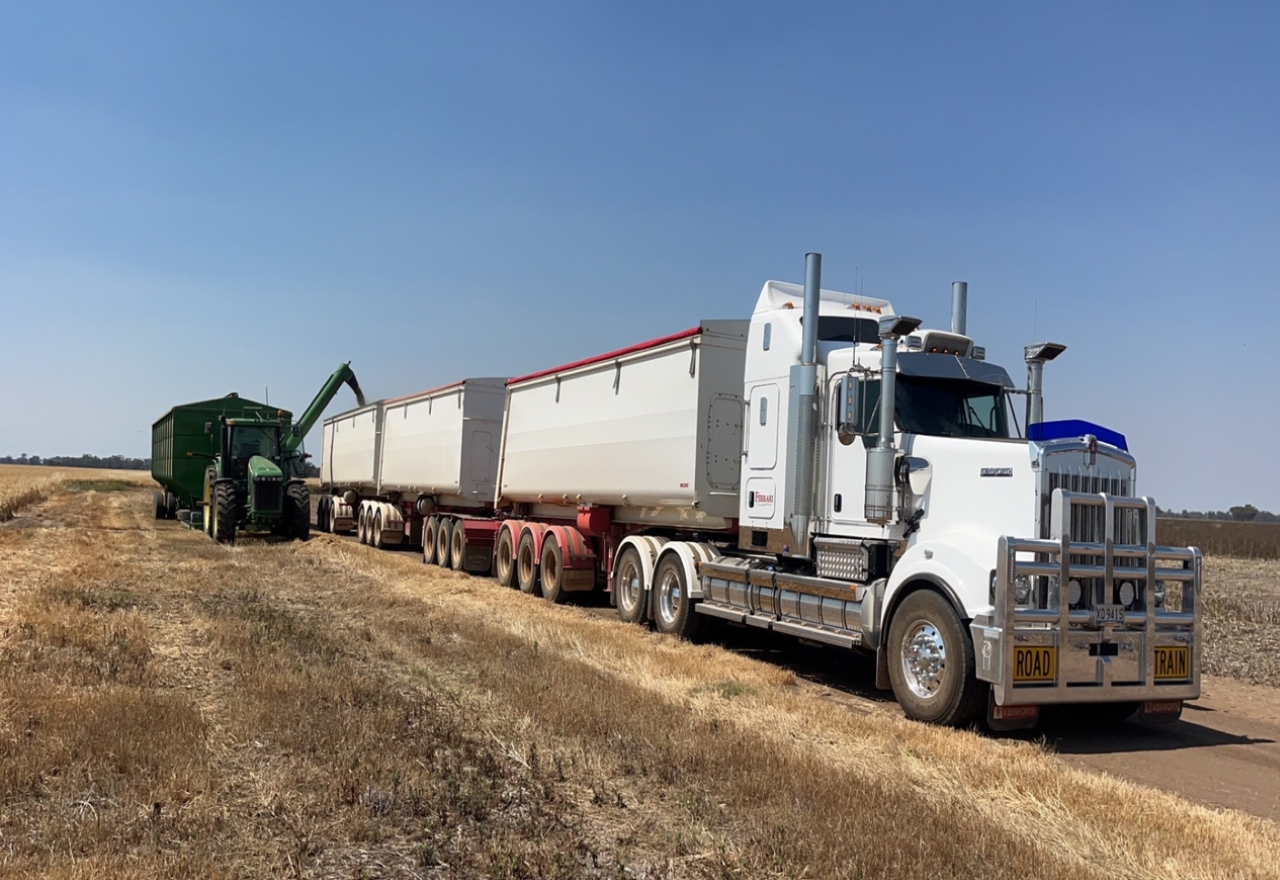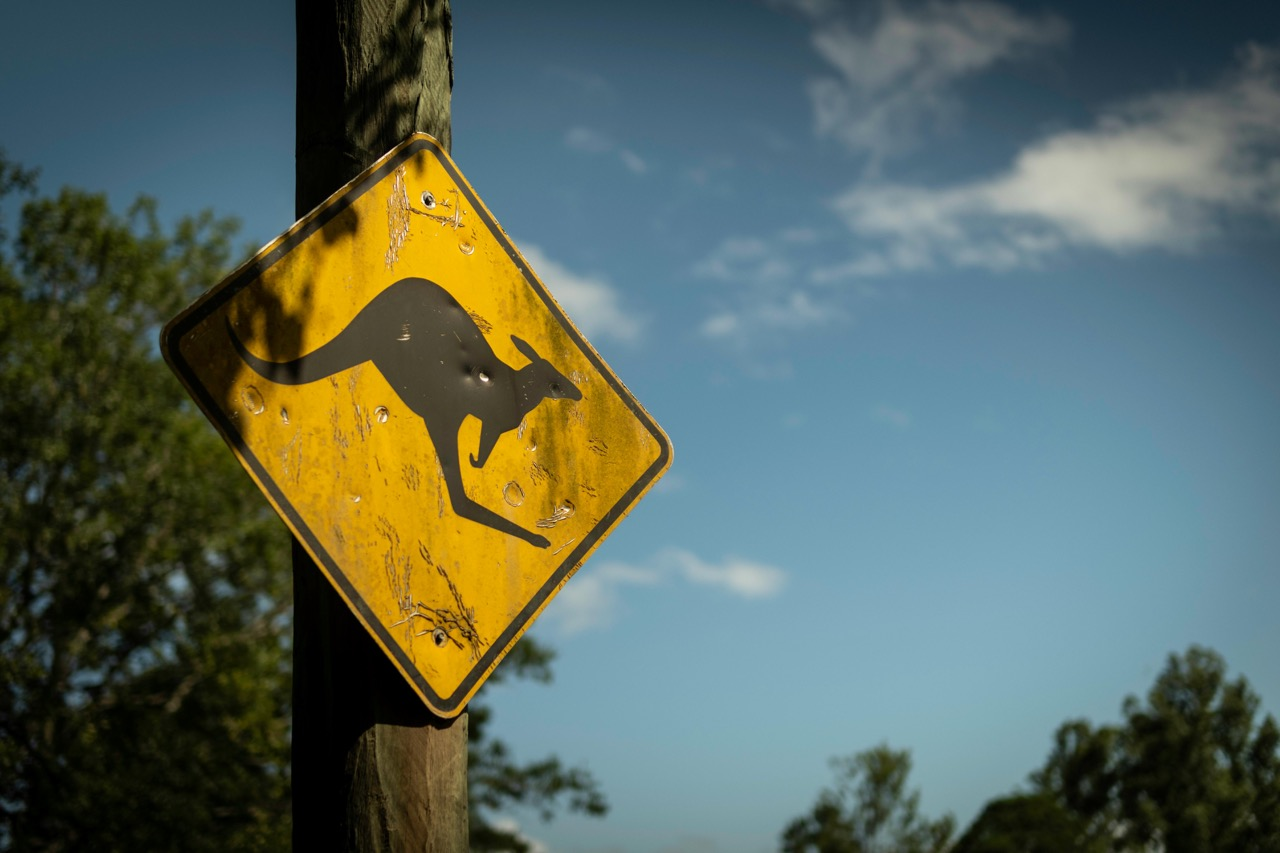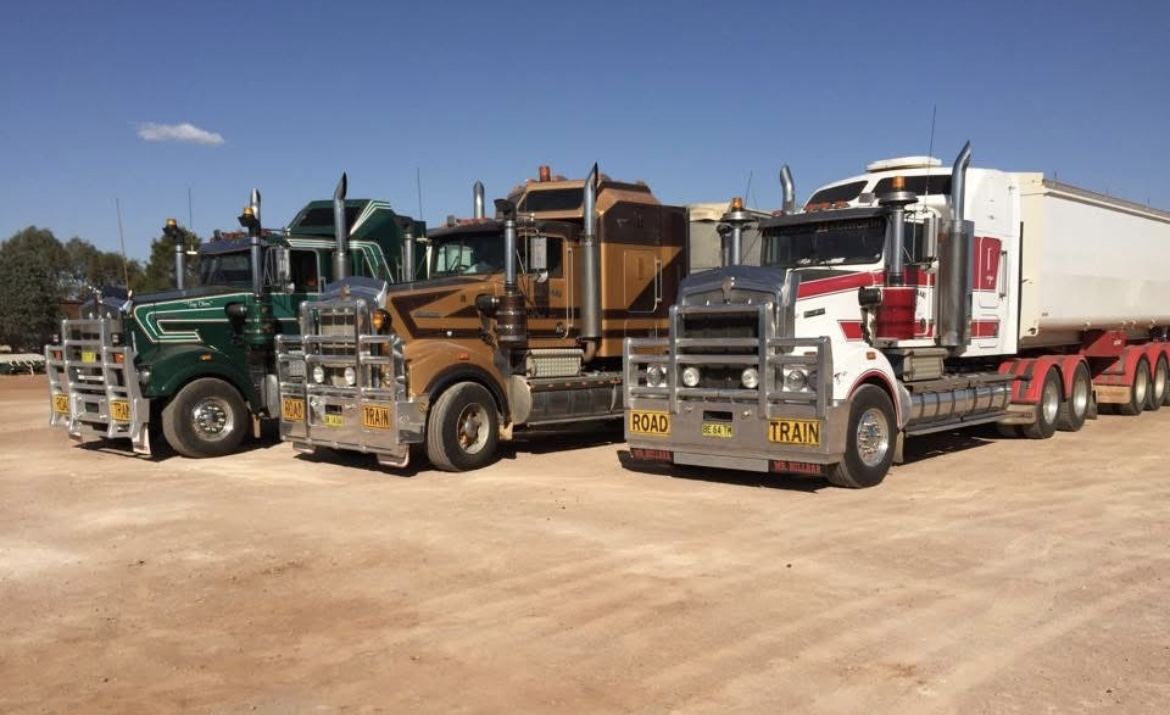Will new licence rules keep western NSW freight moving?
Ainsley Woods
15 July 2025, 9:20 PM
 Better driver training for multi-combination road trains is just over the horizon.
Better driver training for multi-combination road trains is just over the horizon.The trucking industry is urging New South Wales to follow South Australia’s lead in overhauling licence requirements for drivers of Australia’s biggest trucks.
South Australia recently introduced a supervised MC (Multi-Combination) Licence Program for drivers wanting to operate B-doubles, A-doubles, road trains and quads.
The program replaces the previous 12-month waiting period after holding a heavy rigid (HR) or heavy combination (HC) licence.
Recognition of overseas truck driving experience has also been scrapped, except for drivers from New Zealand.
Industry leaders say their priority is improving safety on the roads and ensuring all MC drivers are properly trained in Australia’s unique conditions.
Australian Trucking Association Chair Mark Parry said the current system doesn’t go far enough to prepare drivers for handling multi-trailer vehicles, which are common on remote highways.
“The MC class covers trucks with widely different handling characteristics. A driver trained on a B-double may not be able to handle a longer road train safely,” Mr Parry said.
“The major crash rate for triple road trains is almost 2.5 times higher than the rate for B-doubles.”
A program like South Australia’s ensures drivers get real-world experience under supervision before going solo.

In the Western Plains, road trains are essential for transporting livestock, grain, equipment and supplies across vast distances between the region.
With freight demand growing, triple trailer combinations, such as B-triples and AB-triples, are becoming increasingly common on approved routes throughout western NSW.
This increase in size and complexity has heightened the need for stricter safety standards and driver training programs to ensure operators can manage the unique handling challenges of these longer vehicles on remote and often unforgiving roads.
Local transport operators say the changes could mean safer roads but also potential challenges for filling seasonal driver shortages.
“Keeping our roads safe is non-negotiable,” said one Trangie trucking operator.
"These trucks are massive, and drivers need to be ready for the conditions out here."
But he says the industry is already under pressure.
“There aren’t enough of us to cover the busy seasons.
"If it takes longer to bring new drivers through, that could mean fewer trucks on the road when farmers need us most.
"We also need a plan to keep freight moving.”
Another truckie from the Narromine Shire says different rules in different states are a worry.
“We see drivers crossing from SA into NSW all the time," he said.
"It makes sense to have the same standards everywhere. But we also need to make sure it doesn’t bring the industry to a halt.”

IMAGE: ATA
The Australian Livestock and Rural Transporters Association has thrown its support behind the SA model, calling it “practical, inclusive and safety-focused.”
Gerard Johnson, the association’s president, said rolling out the model nationwide would ensure all drivers, regardless of background, are trained for the realities of Australian roads.
Transport ministers have agreed in-principle to long-term reforms for heavy vehicle licensing, but these are expected to take several years.
Local truck drivers say the proposed changes make sense, provided they don’t come at the cost of productivity.
Many agree that more supervised training will make roads safer for all, but warn any delays in licensing new drivers could leave operators struggling to meet demand during peak seasons.